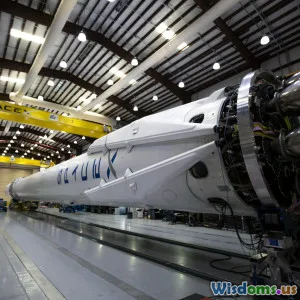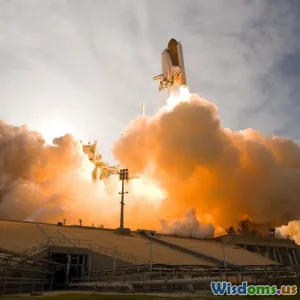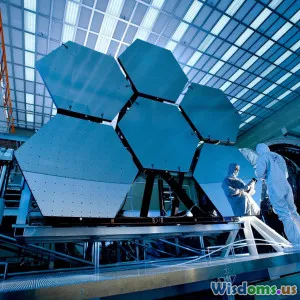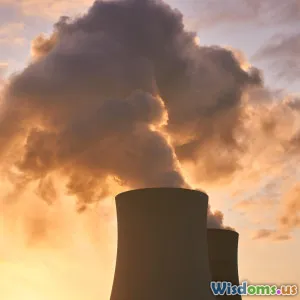
Will Nuclear Rockets Enable Faster Interplanetary Space Travel
17 min read Explore how nuclear rockets could transform interplanetary travel with faster journey times and new mission possibilities. (0 Reviews)
Will Nuclear Rockets Enable Faster Interplanetary Space Travel?
Imagine peering into a future where journeys between planets become commonplace—faster, safer, and more efficient than any mission humanity has achieved. The pursuit of such a future drives innovation, and few technologies promise a greater leap than nuclear rockets. With today's renewed interest in lunar and Martian exploration, the question is more pressing than ever: Will nuclear rockets enable a rapid transformation of interplanetary travel, or do challenges stand in the way of their widespread adoption? Let's explore the science, history, and future potential of nuclear propulsion, and evaluate whether it could truly revolutionize our journeys beyond Earth.
The Physics Fueling the Dream
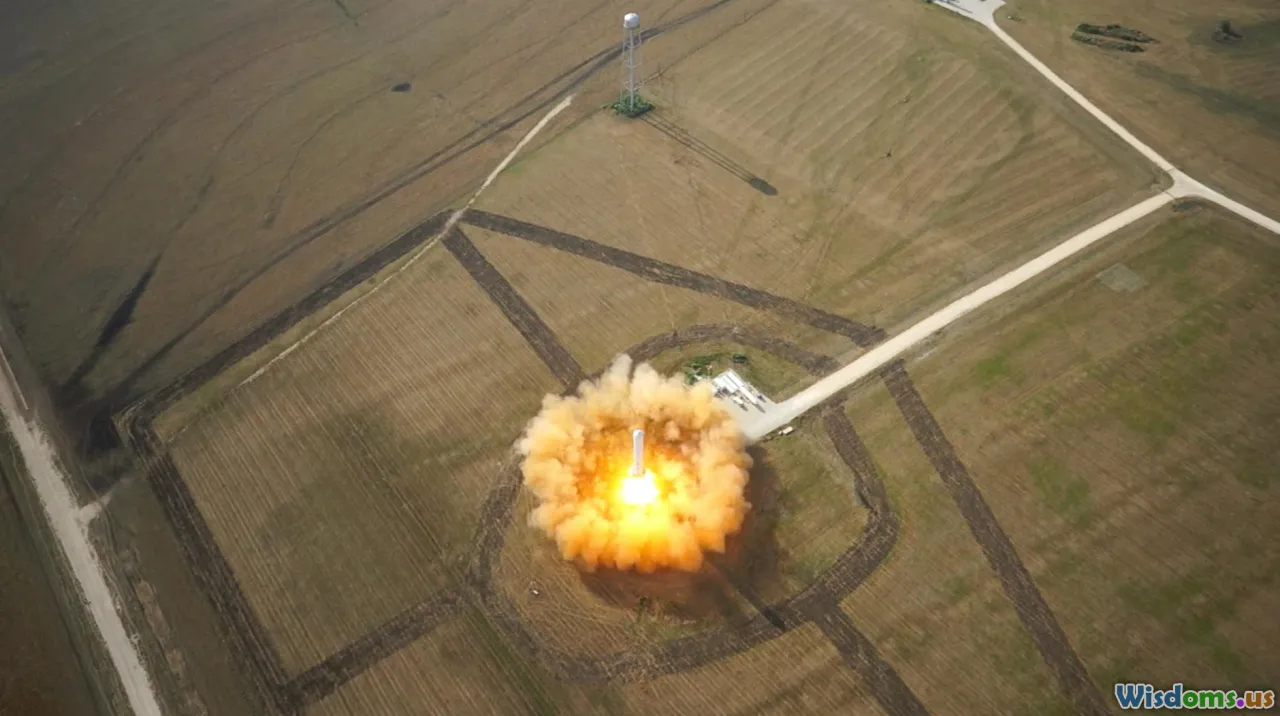
At the heart of rocketry lies the rocket equation, which links a spacecraft’s speed and payload to the efficiency of its propulsion. Traditional chemical rockets are constrained by how much thrust they can generate from burning fuel—a limit that dictates long, slow interplanetary trips. For example, NASA's Apollo missions relied on vast chemical rockets that produced immense short bursts of acceleration but could offer only limited speed for missions to other planets.
Nuclear thermal rockets (NTRs) and other nuclear propulsion concepts could break this barrier. In a nuclear rocket, a compact reactor heats a propellant (often liquid hydrogen) to extremely high temperatures, then expels it through a nozzle at speeds far exceeding those from chemical combustion. The result is a dramatic jump in ‘specific impulse’—a measure of rocket fuel efficiency. Where the space shuttle main engines achieved about 450 seconds of specific impulse, proven NTR designs like NERVA peaked around 900 seconds, theoretically doubling the efficiency.
This inefficiency bottleneck isn't trivial: To get to Mars with current tech, astronauts would endure a six to nine month voyage, increasing their exposure to cosmic radiation, microgravity, and the limitations of onboard provisions. Nuclear propulsion could cut these times nearly in half, making the harsh trip far less daunting and broadening the horizons of what’s possible in manned space exploration.
Lessons from History: NERVA and Beyond
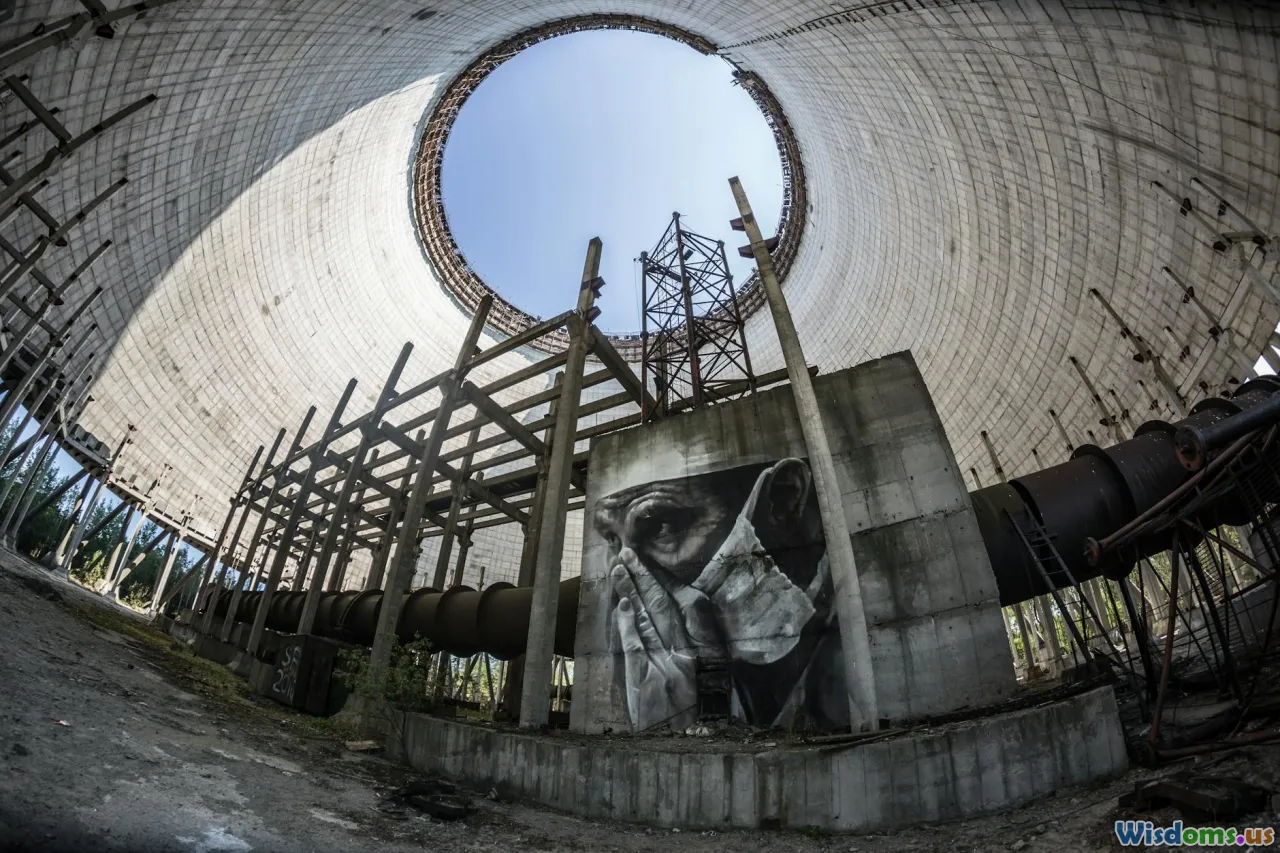
Nuclear propulsion is not a new dream. The U.S. embarked on its first nuclear rocket experiments during the height of the Space Race. From 1955 to 1973, a series of programs (notably Project Rover and its successor, NERVA—Nuclear Engine for Rocket Vehicle Application) delivered remarkable results.
NERVA reactors successfully demonstrated that nuclear rockets could operate for hours, achieving double the efficiency of chemical engines. Some tested reactors (like Phoebus 2A) ran at over 4,000 megawatts thermal, with exhaust velocities more than twice those of any chemical rocket. By 1969, hopes were high for human Mars missions using these engines—until budget constraints and shifting priorities following the Moon landings led to NERVA’s cancellation.
Soviet engineers pursued their own nuclear propulsion projects, creating numerous nuclear-powered satellites and scientific reactors. However, the harsh realities of Cold War politics and safety concerns prevented any serious deployment of NTRs in flight.
While these programs didn’t send nuclear rockets to space, their legacy endures: Modern NTR designs take direct inspiration from the successful ground tests of the past. The core challenge remains the same—translating laboratory success into safe, reliable operation in space.
Comparing Propulsion Systems: Chemical vs. Nuclear
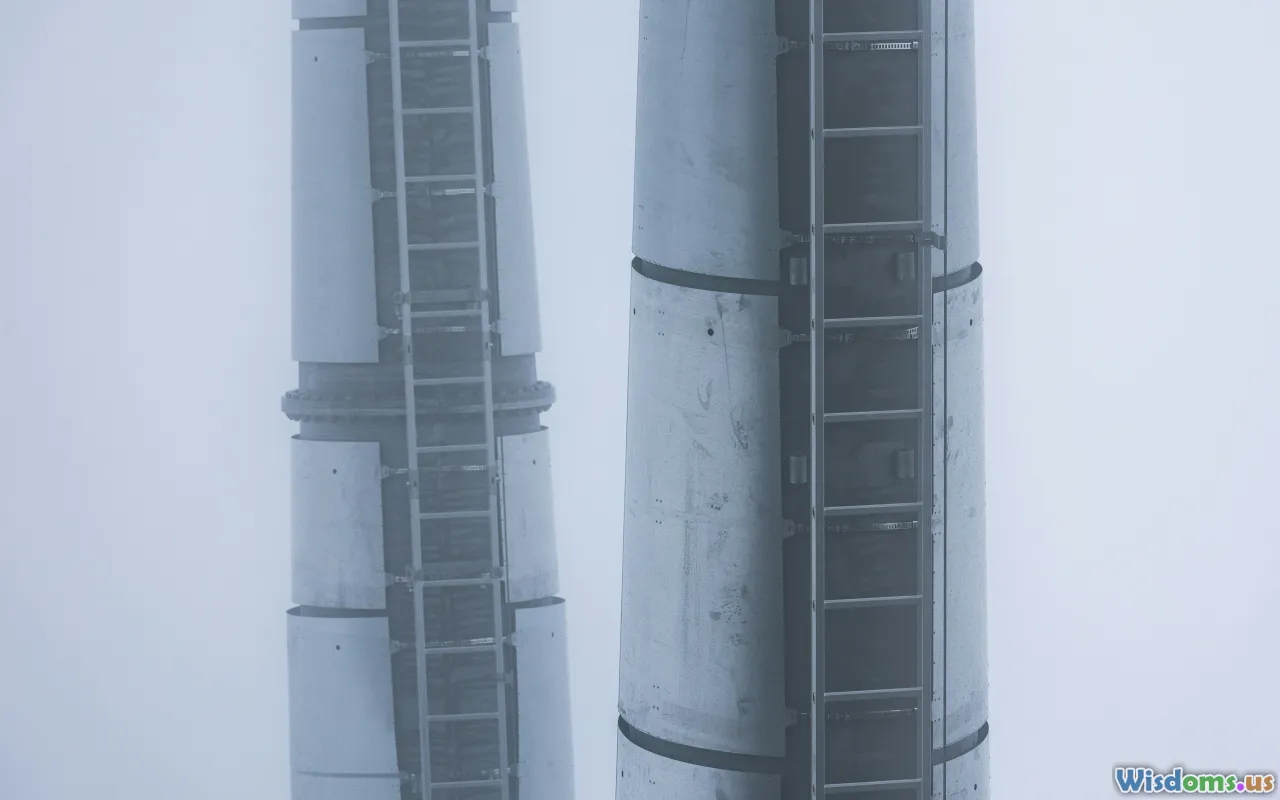
Let’s break down how nuclear rockets outmatch traditional chemical propulsion:
| Feature | Chemical Rockets | Nuclear Rockets (NTR) |
|---|---|---|
| Thrust | High | Moderate |
| Specific Impulse | 300–450 seconds | 800–1000+ seconds |
| Propellant | Liquid fuel + oxidizer | Typically liquid hydrogen |
| Mission Duration to Mars | ~6–9 months | 3–4 months (projected) |
| Payload to Mars | Limited | Higher |
Chemical rockets offer powerful burns, essential for escaping Earth's gravity or landing on planetary surfaces. Nuclear thermal rockets excel during long interplanetary cruises, providing efficient, sustained acceleration that can chop travel times and allow much heavier payloads.
More advanced nuclear designs—including Nuclear Electric Propulsion (NEP), where a reactor powers ion engines for months at a time—promise even higher efficiencies, albeit at lower thrust. Such engines could potentially open deep-space destinations, such as the Asteroid Belt or even the outer planets, to future missions.
A Concrete Example: Reducing Mars Trip Time
A flagship study from NASA’s Space Launch System Mars mission concepts showed that an NTR-powered crew vehicle could complete a roundtrip to Mars in just over 500 days (including stay time), compared to ~900 days using all-chemical propulsion. These shorter out-and-return durations don’t just save time—they mitigate the life-threatening dangers and heavy logistics of deep space flight.
Engineering Hurdles: Reactors in Space

Deploying a nuclear reactor aboard a spacecraft is no small feat. The challenges are both technical and political:
Shielding: A nuclear engine’s core emits intense neutron and gamma radiation hazardous to humans. Spacecraft designers must strategically place the reactor as far from crew compartments as possible, often using bulkheads or tethers and physically separating living and propulsion modules.
Heat Management: Without an atmosphere to dissipate heat, spacecraft must rely on large radiators to reject the waste heat produced during engine firing—an engineering conundrum especially with multi-megawatt-class reactors.
Miniaturization: Achieving maximum power with minimum size and weight remains a race. Designers must optimize every part—to limit launch mass, increase reliability, and ensure fail-safe shutdown capabilities.
Launch Safety: Earth launch accidents could scatter radioactive material, a sensitive risk. U.S. and Soviet reactors for satellites were launched dormant—activated only once safely in orbit. Future Mars-bound reactors may use strengthened casings or alternative trajectories to safeguard earthbound populations.
Legal and Regulatory Issues: International law, like the Outer Space Treaty, guides but does not forbid nuclear power in space. Nevertheless, diplomatic scrutiny is immense. Agencies must submit exhaustive environmental and safety case studies to gain launch approval, as evidenced by NASA’s launch of radioisotope thermoelectric generators (RTGs) for deep-space probes.
Proven Examples: Radioisotope Power
The use of nuclear energy in space isn’t hypothetical. RTGs—small generators that convert radioactive decay heat into electricity—have powered missions including Voyager, Curiosity, and Perseverance rovers. Their perfect safety record so far buoys confidence in scaling up to propulsion-class reactors, albeit challenges multiply at increased size and output.
Next-Generation Nuclear Rocket Projects
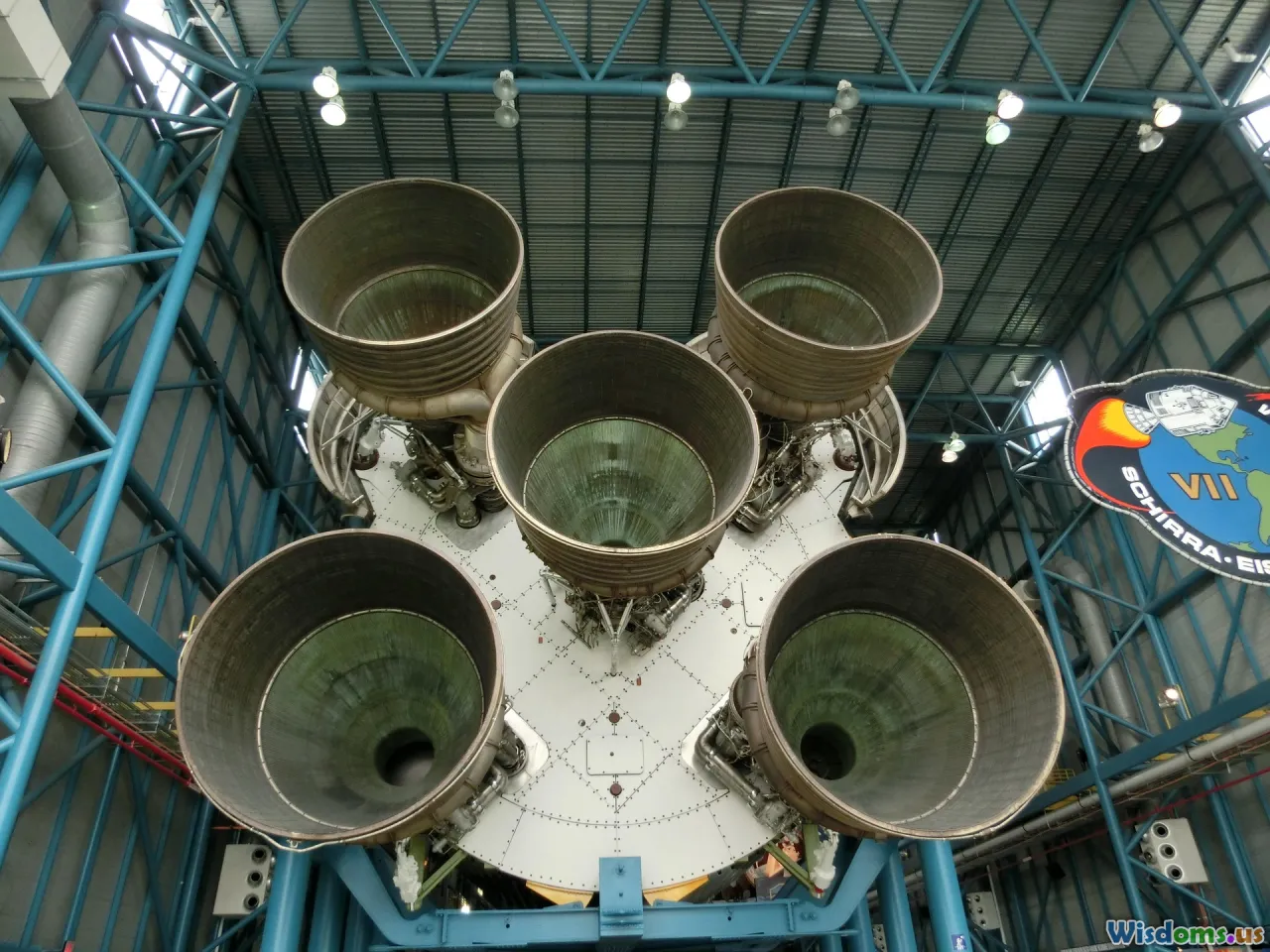
While theoretical studies abound, several real-world initiatives are aiming to put nuclear rockets back at center stage:
DRACO (Demonstration Rocket for Agile Cislunar Operations): Led by DARPA and NASA, this multi-million-dollar project aims to build and fly a demonstration NTR by 2027. DRACO’s goals are twofold—faster and more flexible movement between Earth and the Moon, followed by eventual Mars capability.
USNC-Tech's Micro Mod: A private firm, Ultra Safe Nuclear Corporation (USNC), is developing advanced micro-modular reactors. Their focus: lower-enriched uranium, modular safety, and rapid scalability for future Mars glovebox laboratories and outposts.
Project Artemis: With the return to the Moon, NASA’s long-term plans include sustainable lunar bases and crewed Mars missions. Enhanced propulsion with NTR or NEP could provide the logistical backbone—delivering large cargo, spare parts, or propellant depots quickly and in bulk.
International Collaborative Efforts: Russia recently announced renewed investment in megawatt-class nuclear electric propulsion, aiming for practical flight readiness in the late 2020s. The European Space Agency and China are both investigating modular nuclear reactors for both propulsion and surface power.
These projects contend not just with technical complexity but with wider acceptance—meaning every stride forward both advances and publicly validates nuclear spaceflight science.
Risks, Public Perception, and the Ethics of Nuclear Launches

Progress in nuclear rocketry is bound to face skepticism and debate. Accidents involving radioactive material are catastrophic in the public imagination—even a small mishap could set programs back by decades.
Disaster Scenarios: Critics point to incidents like the Soviet Kosmos-954 satellite (which scattered radioactive debris in Canada in 1978) or nuclear missile mishaps on Earth. Advocates counter that with robust containment, non-functional reactors pose minimal Earthside risk and pose even less when activated far above the atmosphere.
Non-Proliferation Worries: The launch and proliferation of nuclear material in space leads to concerns about weaponization, arms races, and compliance with global treaties. Detailed tracking, transparency, and international oversight are crucial to maintain global trust as spacefaring nations build up nuclear space infrastructure.
Public Engagement: Transparent communication about safety protocols, realistic worst-case scenarios, and the genuine scientific necessity can help increase public trust. More importantly, demonstrating successful, incident-free test missions will do more than any public relations campaign to prove the technology’s worth.
The Impact on Space Exploration and Commercial Industry
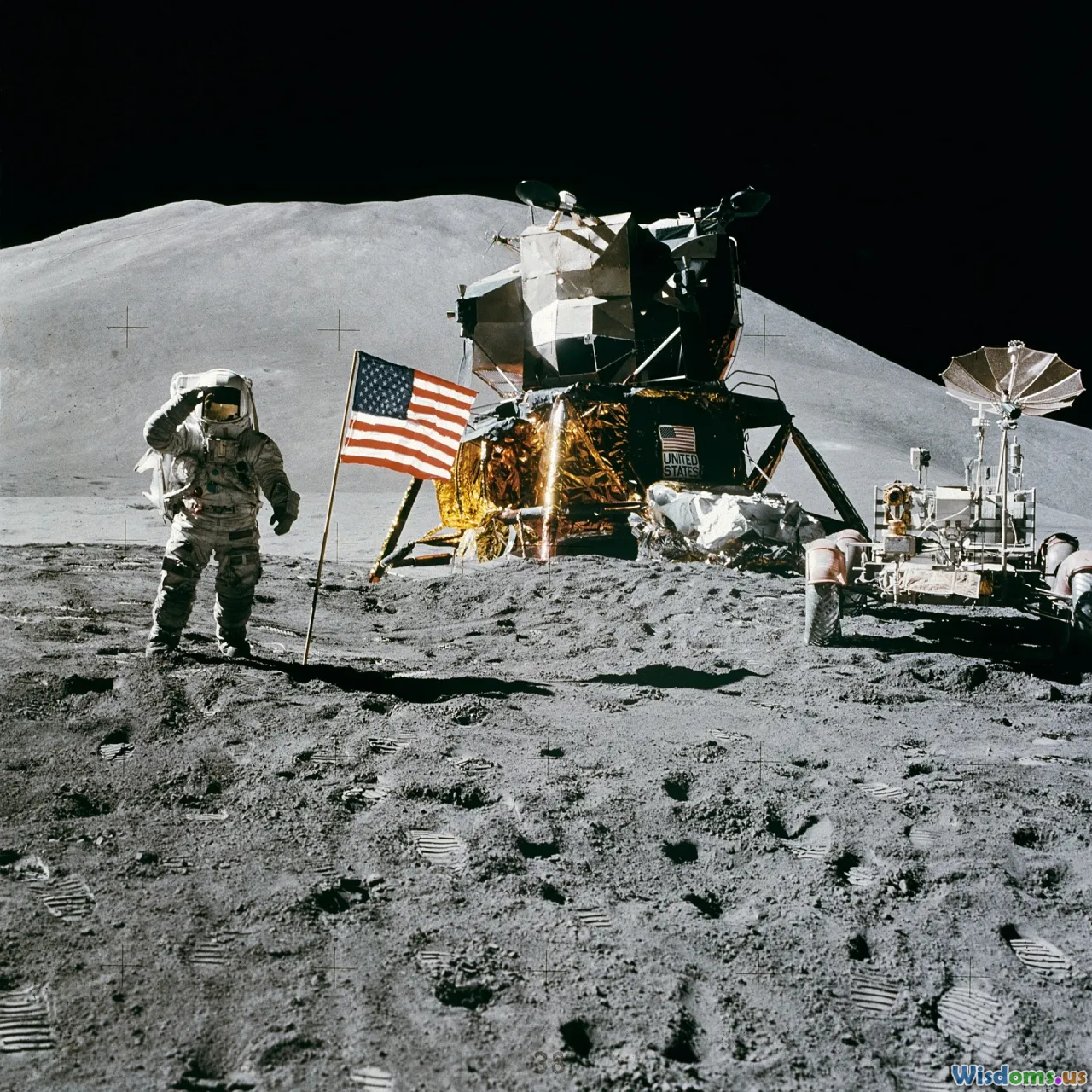
If nuclear rocketry delivers on its promise, what becomes possible?
Speedier Manned Missions
Reduced trip time to Mars or the moons of Jupiter fundamentally changes the safety equation for astronauts. Less time spent exposed to deep-space radiation mitigates cancer risk and other health challenges. Quicker resupply or rescue during orbital emergencies becomes plausible, and windows for missions can open wider with newfound energy surpluses.
Heavy-Lift Logistics
Establishing bases on the Moon, Mars, or asteroids calls for the delivery of massive, durable infrastructure—habs, drills, power plants, vehicles. Chemical rocketry’s tight mass margins limit these ambitions. Nuclear rockets could enable routine shipments of bulk materials and fuel, laying the groundwork for true interplanetary industry.
Scientific Payloads and Space Telescopes
Exploring Jupiter’s moons or sending orbiters to Saturn becomes dramatically easier—missions weighing tons, carrying shielded laboratories or robotic forges, would no longer be constrained by hair-thin margins. Space telescopes parked at distant gravitationally stable points, far from sunlight and heat, could open up new windows on the cosmos.
Space Mining and Power Production
Commercial ventures—asteroid mining, lunar helium-3 extraction, or orbital manufacturing—require cheap, repeatable access to high orbits. The efficiency and reusable potential of advanced nuclear tugs offer a scalable path forward for the private sector.
The Road Ahead: Promise or Pipe Dream?

Will nuclear rockets soon crisscross the Solar System, reducing once-perilous missions to brave, even routine commutes? The foundations are sound: Physics, materials, and computer modeling have never been more advanced, and nations as well as ambitious companies are investing big.
Yet realities persist. Each breakthrough requires years of validation, regulatory clearance, and sustained funding. Trust must be built in both engineering safety and international collaboration. If the coming generation of nuclear space tugs and thermal rockets succeed, humanity will cross a historic threshold—a new era where the Solar System is not a distant frontier, but a reachable neighborhood.
Amid today's space boom, all signs suggest nuclear rockets may at last turn science fiction into fact: harnessing the power of the atom to open new worlds for human discovery and settlement, and changing our perception of the possible in the decades ahead.
Rate the Post
User Reviews
Popular Posts











